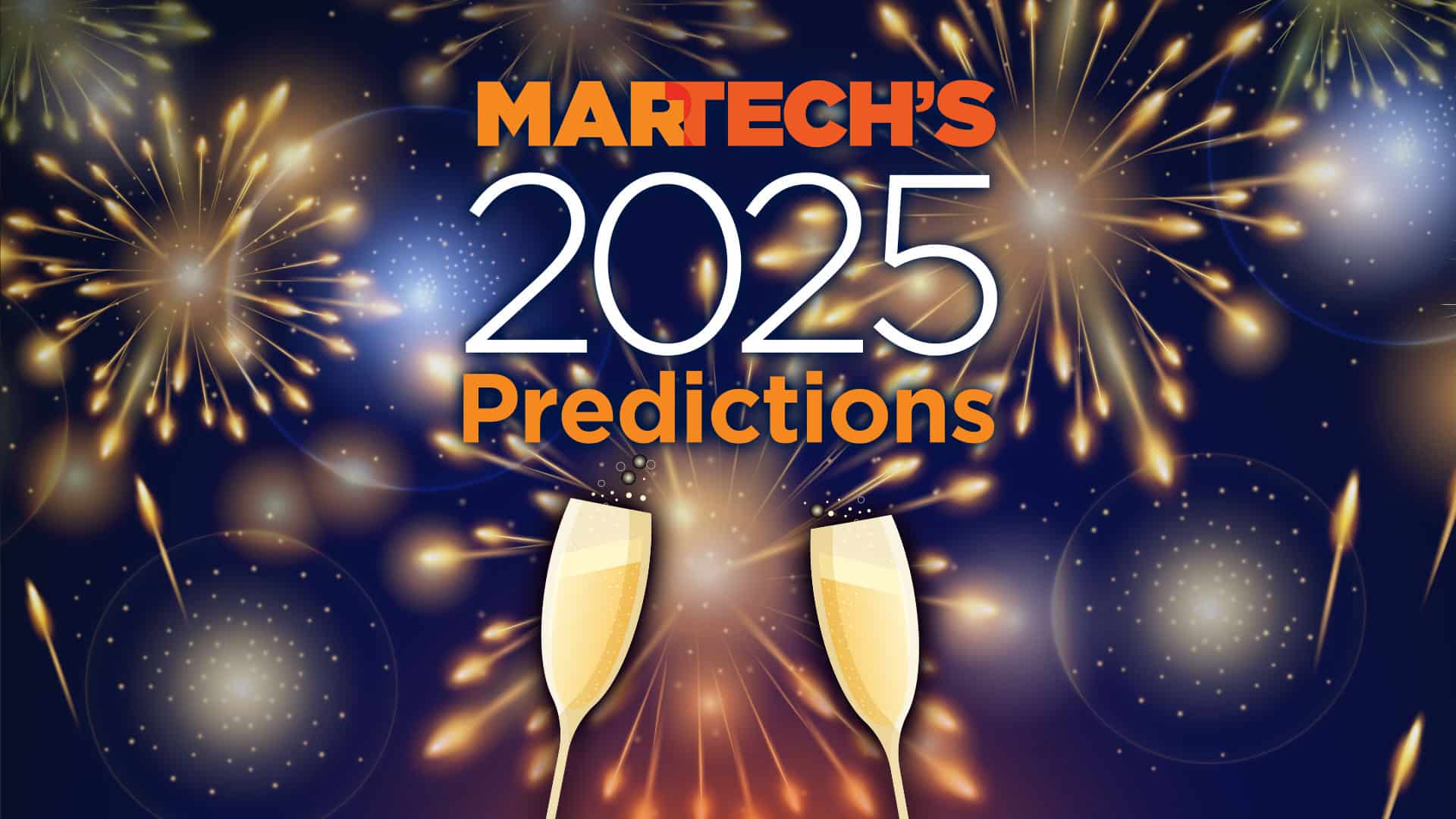I recently spoke to a CMO who said, “We have to be more aligned with sales and customer success. But, I also know that my team has a hand in every stage of the customer lifecycle and driving revenue.”
I am fortunate enough to have many conversations with CMOs, but not every time does one bring a smile to my face; this one did. Why? Because this CMO clearly understood the mandate for him and his team — engage the customer at every stage of the journey and, in so doing, generate revenue for the organization.
A quick review
Over the last two months, I have written the first two parts of a three-part series on the success elements of growth. If you need to get caught up, part one can be found here and part two here.
These overriding principles about organizational growth from the previous parts of the series will also inform this article.
- The goal of marketing is to drive corporate growth and they must take a leadership position.
- There is no easy button to sustainable growth.
- Technology is not a growth strategy.
- Marketing, sales and customer success must be unified in the approach and share a common understanding of the customer.
I am also including the Growth Maturity IndexTM (GMI) we developed at Digital Exhaust as I’ll be discussing the remaining three growth elements in this article.

Let’s unpack the three remaining success elements.
Success element 4: Digital systems and integrations
Like the other success elements that make up the GMI, most organizations I engage with are between the Aware and Enabled stages. The lack of testing and using their customer insights to drive hyper-personalization keeps them from advancing further.
This is not to say that they have not done the work to define their ideal customer. Rather, they have done the work to develop the insights but do not apply them meaningfully, so they are valueless.
Referring to one of the abovementioned principles, your technology is not a growth strategy. It can only enable your strategy. While virtually every organization I speak to has technology, very few have it fine-tuned to support their end-to-end customer engagement strategy. Always remember strategy first, technology second.
Success element 5: Customer data, analytics and insights
I fervently believe that data is marketers’ most valuable asset. Yet, most often, it gets the least attention. Good data allows for advanced analytics, which produces insights that lead to an informed strategy.
As the GMI shows, the most mature organizations are using AI and machine learning (ML) to continually optimize their customer engagement and deliver insights to marketing, sales and customer support.
This week, we experienced this type of optimization supporting the sales process. Using AI, we could share cognitive insights on a prospective customer that informed the sales conversation and subsequent follow-up.
This enables sales along with the delivery of a great experience to the prospect via personalization. Invest in your customer data if you are looking at ways to impact corporate growth. It is a treasure trove of insight.
Dig deeper: Data plus analytics is the route to the truth
Success element 6: KPIs and performance
Several years ago, I was in a meeting with a client who was reviewing their performance metrics. No sooner was a dashboard put on the screen when one of the audience members from the team took exception to the metrics. “Those are not right,” she said, “where did you get those from?”
That started a conversation among all involved about their sources, lack of insight and how they could not truly measure performance, leaving them operating blindly. The truth is, this organization is hardly the exception.
Many B2B companies miss the opportunity to consistently optimize performance because:
- They have not aligned on what they want to measure.
- They have not defined how these metrics will help drive improvement.
- Different departments pull from different sources leading to contradictions.
- They have disparate systems.
To use old or inaccurate data is not just useless; it is a detriment to the business. The most mature organizations:
- Put a high value on growth measurement.
- Rely on real-time insight to inform their decisions.
- Continually mature their approach to sustainable growth.
Dig deeper: Everything is measurable in marketing
Where do you go from here?
My hope in the delivery of this series is that organizations will begin taking an honest assessment of their growth maturity and develop a plan to accelerate growth. It will not be an overnight endeavor, but a roadmap will help you identify milestones and define priorities.
Use the GMI here to guide your assessment and bring marketing, sales and customer support together to chart your path to maturity and start the process. Like any transformation, there will be bumps in the road. Do not let that derail you. Above all, don’t let getting started be the thing that stops you.
Get MarTech! Daily. Free. In your inbox.
Opinions expressed in this article are those of the guest author and not necessarily MarTech. Staff authors are listed here.


































































